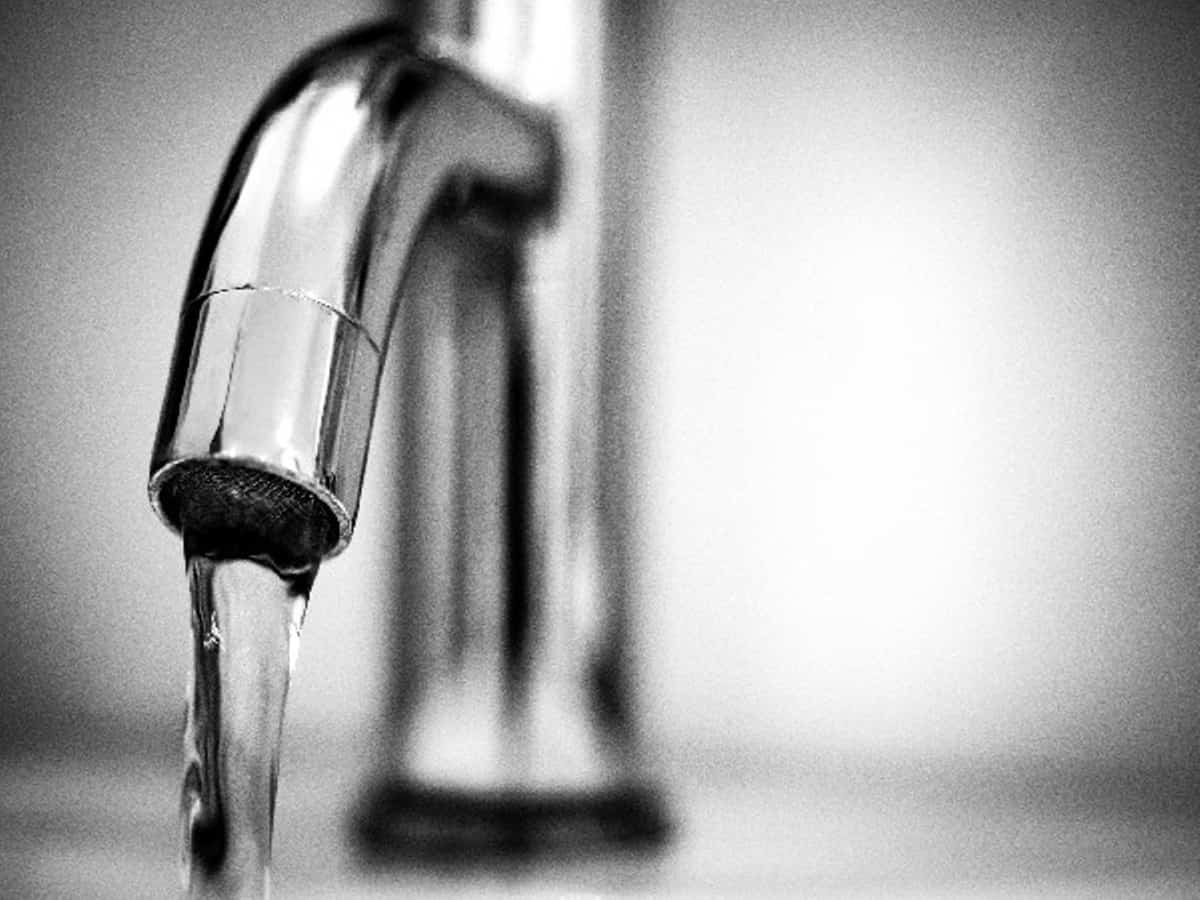Washington: A team of researchers have recently used real-world data to determine an approach for identifying schools likely to have problematic lead levels.
The study has been published in the ‘Environmental Science & Technology Letters Journal’.
Under certain circumstances, pipes, faucets and other plumbing system components can release lead into the water they carry. Research had shown that such contamination is widespread among schools, so the U.S. Environmental Protection Agency recently developed a plan to revise its rules on testing for lead in these buildings.
The revision will require water systems to test for lead content based on five samples from a school. However, the amount of lead that showed up within a building’s water could fluctuate, so some researchers were concerned that this approach won’t accurately detect those schools with potentially problematic levels. Kelsey Pieper and colleagues wanted to take a closer look at the problem and to see whether just five samples could be used to identify at-risk schools.
The researchers analyzed 47,727 lead measurements taken from 1,094 schools in Massachusetts. They found that water from 12 per cent of the fixtures, such as water fountains and faucets, had lead levels of more than 15 parts per billion (ppb) — the threshold at which the state required that a fixture be shut off. These problematic fixtures were not evenly distributed: 90 per cent of them were located in just 34 per cent of schools.
The team also used these data, which averaged nearly 44 samples per building, to classify schools as having low or high lead levels. They then tested two ways of making the same classification with only five measurements, the results of which they verified by comparing them to those derived from the full data set.
In the first, they simply counted how many of the five samples had more than 5 ppb, and for the second, they used a statistical analysis to score the five together. By combining the two approaches, they found they could most accurately identify schools at low or increased risk of having elevated lead levels. The strategy couldn’t classify schools based on a lower, 1 ppb threshold. Despite that limitation, the researchers said that these results confirmed that five samples could be used to prioritize lead remediation efforts if analyzed in these two ways.
The authors acknowledged funding from the U.S. Environmental Protection Agency and Northeastern University.

